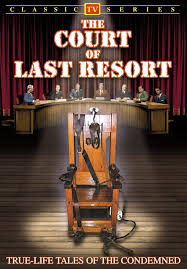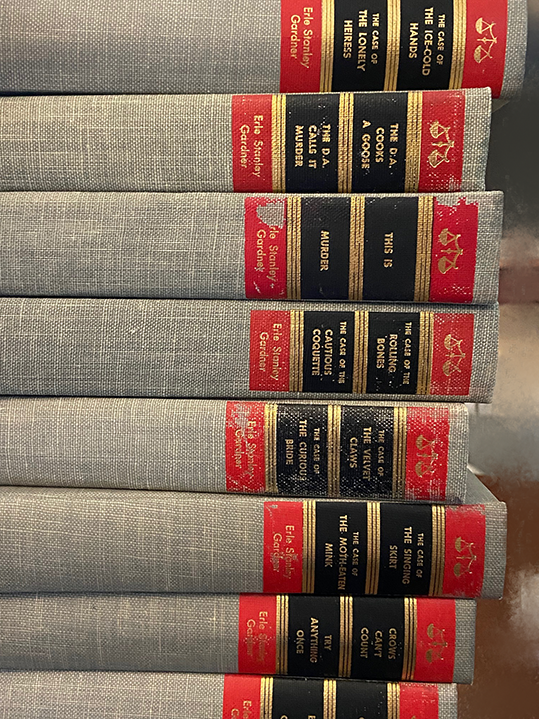The Court of Last Resort

A Pre-Innocence Project
Erle Stanley Gardner, who wrote millions of words a year and managed a day word count of 10,000 words, was never tied to a desk. Beyond his 2000-acre ranch and his love of travel, Gardner continued to use his legal training to help those who had been unjustly convicted in a pre-forensic era.
Gardner had spent many years as a lawyer before turning to writing. He’d been suggested for a position as a judge, but he yearned for the outdoors and a nomadic life. He turned to freelance work to see if he could earn a living from the pulps. His 650 short works in the pulps led to an even more prolific career as a novelist, penning 80 Perry Mason and another 30 Cool/Lam novels during his career.
William Randolph Hearst asked Gardner to report on the Sir Harry Oakes murder trial in the Bahamas. Gardner, with his legal training, was appalled by the weak forensics, fabricated fingerprints, and the apparent railroading of an innocent man.
After his return to the States, Gardner approached Harry Steeger, editor of Argosy magazine, about running a column featuring miscarriages of justice in the US legal system. In the early days of the Red Scare attacking the justice system was a dangerous move, but Gardner used his marketing skills to encourage the readers to be the court of last resort by demanding justice for those falsely imprisoned.
The idea worked. Over the next dozen years, Gardner worked tirelessly along with a panel of forensic experts to review over 2000 cases of justice denied and freed hundreds of men and women who had been the victims of poor conclusions based on the physical evidence.
In one case brought to him by a prison warden, Emma Jo Johnson was convicted of murdering her landlord by can-opener when, in fact, the victim had died of a heart ailment. In another case, a simple timeline showed that the defendant could not have committed the murder because of witness statements. Gardner brought in experts on fingerprints, lie detectors and other cutting-edge (for that era) science.
As the Court of Last Resort continued, Gardner became convinced that solving and correcting one injustice at a time would never fix the system. He outlined a series of alterations to the court system. The Court of Last Resort had proven highly successful with its forensics, and many of their techniques were adopted by law enforcement; however, other suggestions were never adopted.
Gardner left the group in 1960 as demands on his time grew with the success of the Perry Mason television show, and several the Court’s high-profile cases backfired. Argosy tried to continue the work with a replacement for Gardner, but the organization shut down within a year.




